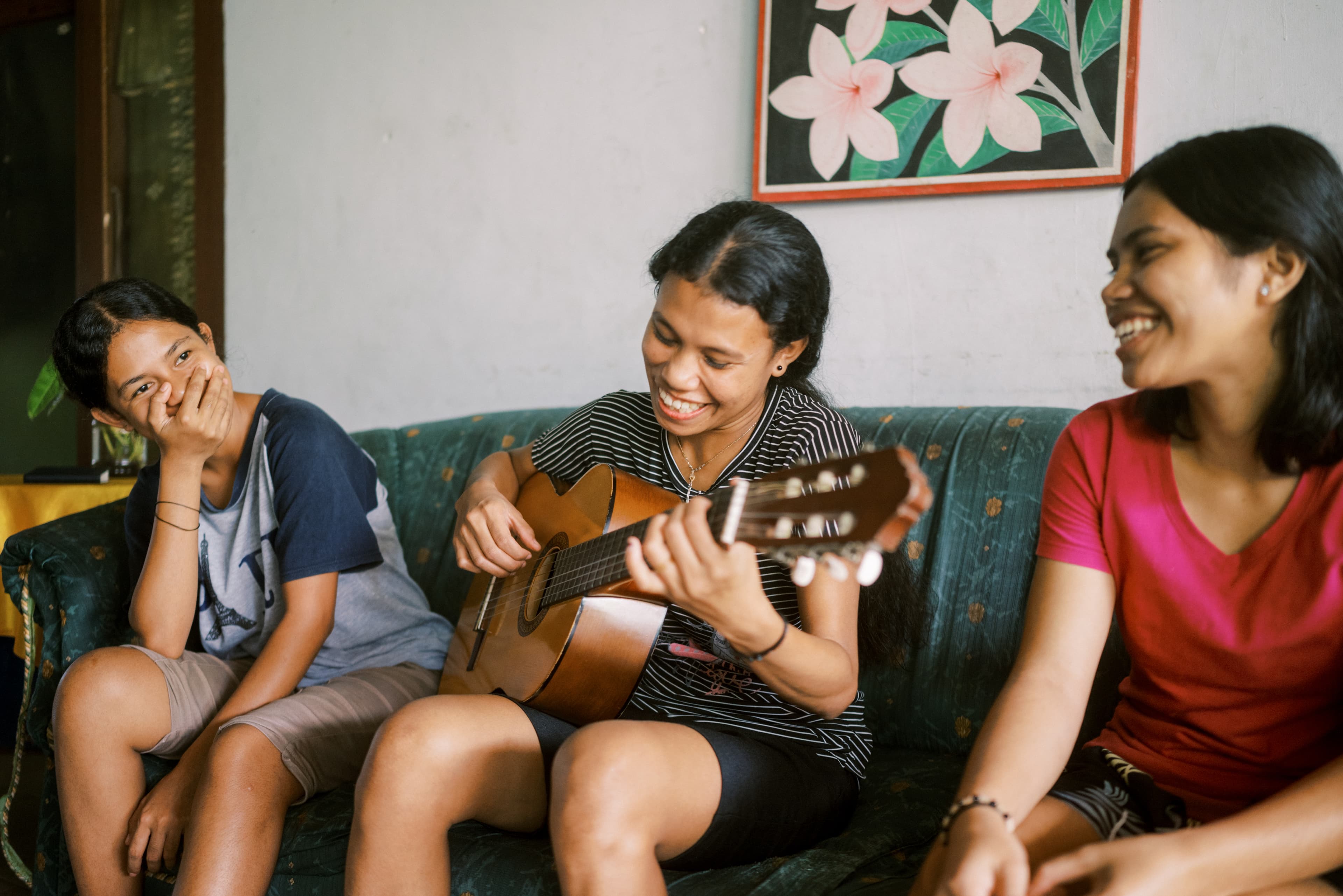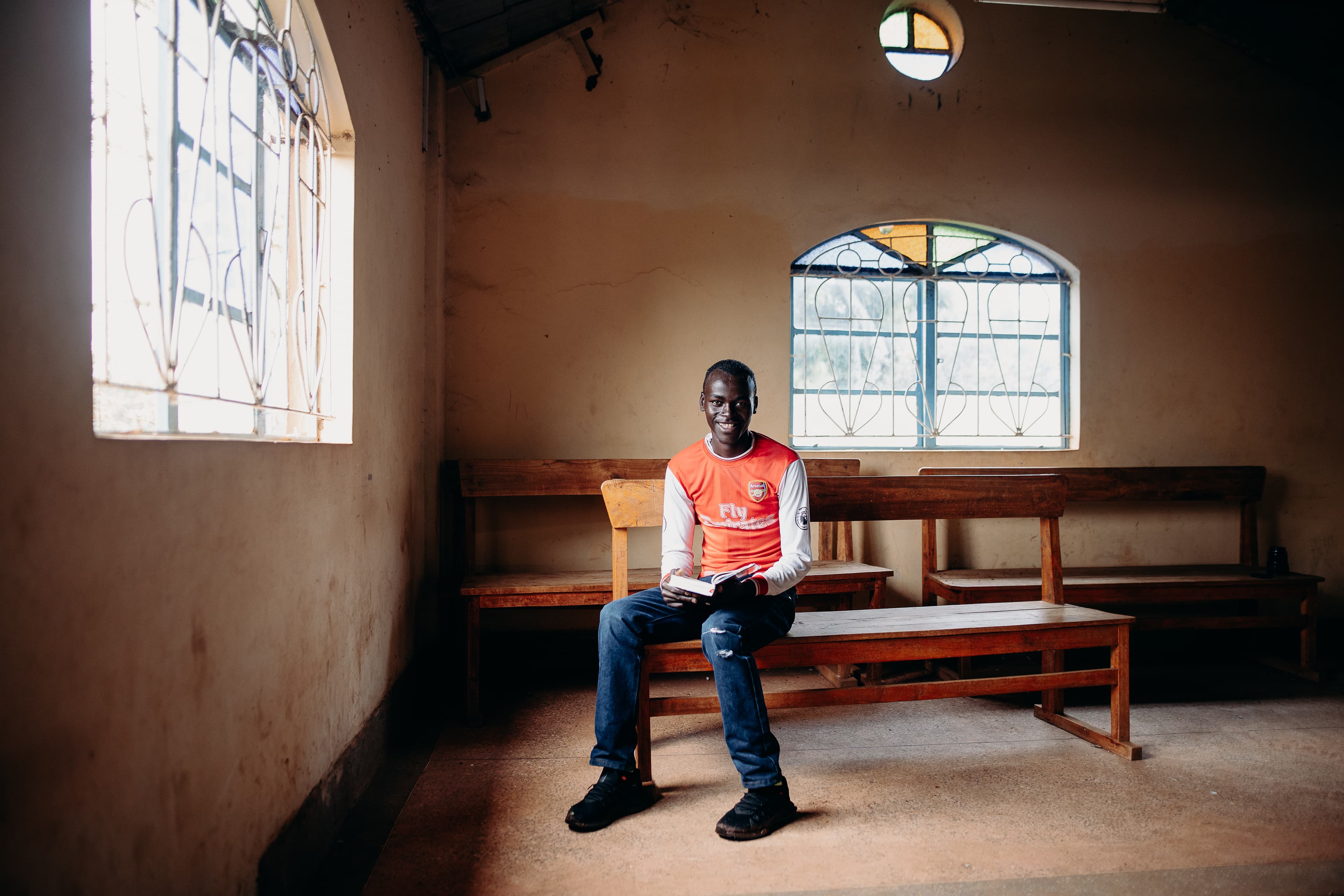Hundreds of millions of children around the world don’t have access to a quality education.
Poverty affects education in many ways. For example, many children must work instead of studying and poor nutrition affects a child’s ability to learn.
Education helps a child fight poverty by giving them the skills they need to grow into thriving adults.
How Poverty Affects Education: 5 Ways
To journey out of poverty, children need education. However, hundreds of millions of children living in poverty can't access it. According to recent data from UNESCO, 250 million children globally are out of school.
Let's dive into five ways poverty prevents children from learning and growing.
1. Right-Now Needs Must Come Before Education
Children from low-income families are much more likely to miss out on education. When families don't make enough to cover all their needs, right-now needs required for basic survival, such as buying food and clean water, must come first.
Even if public school is free, some schools require uniforms and supplies. And if a child's family can't afford what's needed, they're not allowed to enroll.
2. Children Living in Poverty Must Work Instead of Studying
Families living in poverty are often caught in a fight for survival. Finding food, shelter and other basic necessities often requires hard labor each and every day. And no one in the family, including a child, is immune to that need.
In desperation, parents often feel as if they have no choice but to send their children to work. This means the kids miss out on school, playtime with their friends and other important activities.
3. Lack of Access to Health Care Keeps Children Home
Sick children can't attend school. And for children in poverty, illness is common because they lack access to quality health care. Children often can't even get simple medical checkups, leaving them at risk of preventable diseases.
Missing school because of frequent illness places children behind their peers and increases dropout rates. Many children in poverty also don’t have the technology or tools required to attend classes remotely. This often means they must stop attending school altogether.
4. Poor Nutrition Affects a Child’s Ability to Learn
Children living in poverty often lack the healthy food they need to thrive. Unfortunately, poor nutrition can hurt a child's ability to learn. Poor nutrition leads to poor cognitive function, which keeps children from retaining new information and making good decisions.
5. Gender Inequality Prevents Girls From Going to School
Girls are more likely to be denied an education. In many cultures, girls are expected to marry at a young age and begin raising families of their own. Other girls can be found fetching water for their families, walking miles each day instead of going to school.
For girls, a lack of hygiene resources at schools, such as toilets, makes going to school a challenge because of menstruation. In fact, it's estimated that one out of every 10 girls misses school during their period because they don't have access to products and health services.
How Education Helps Children Fight Poverty
Education opens a world of opportunity and possibility for children. Through education, children obtain the skills they need to grow into thriving adults.
Education helps them get quality jobs, allowing them to earn steady incomes, which is critical for fighting back against poverty. But beyond financial security, education gives children the confidence they need to leave poverty behind.
Educated children learn how to ask questions and challenge unhealthy norms. For example, education bridges the gender gap by giving skills to girls, helping them find their voices so they can decide what their futures hold.
Children with educations can also help develop solutions to the problems in their communities and the world. In short, education helps children break the cycle of poverty in their lives, their families and their communities.
Poverty and Education: Compassion’s Response
Education is a must for fighting global poverty. And at Compassion International, we take education seriously. In partnership with local churches in impoverished communities, we break down the barriers stopping children from receiving educations.
We provide for the right-now needs of children. We give children the resources they need to thrive. If they're hungry, we provide nutritious food. If they're sick from dirty water, we help them get clean drinking water. With their right-now needs met, they're free to go to school, grow and dream.
We protect children from labor and abuse. Children in poverty are at greater risk of child labor, abuse and trafficking. We protect children by intervening in situations of abuse, providing training for caregivers and ensuring children understand their rights and can advocate for themselves.
We deliver quality medical care. We provide medical checkups as well as emergency care when needed to keep children healthy and in school.
We fight back against gender inequality. We champion girls and young women, ensuring they have the tools needed to attend school, from hygiene resources to encouragement.
Meet Maisha: Education Changed His Life and Community
While Maisha was growing up in rural Kenya, his family couldn't afford a safe home or enough food for their table. And although Maisha dreamed of a brighter future, education came at a cost the family just couldn't afford.
When Maisha was registered at the local Compassion center, his family received food staples like rice and flour. Maisha also received a medical exam. And Compassion helped his family build a safe home to live in. With these right-now needs met, Maisha's family could now focus on his education.
Maisha worked hard in high school. He even received extra tutoring at the Compassion center. And eventually, he discovered that he liked working with his hands.
“I wanted to study construction and mechanics. But also, I wanted to learn masonry so I could help my family build their own houses. I wanted to support them.” — Maisha
Compassion covered Maisha's tuition so he could attend technical school. He has since graduated and has become a successful mason. He has built himself a home near his family as well as homes for other relatives and community members.
Not only is Maisha earning an income doing what he loves, but he's helping build up his community, providing safe shelter to those in need. And that's the power of education.


